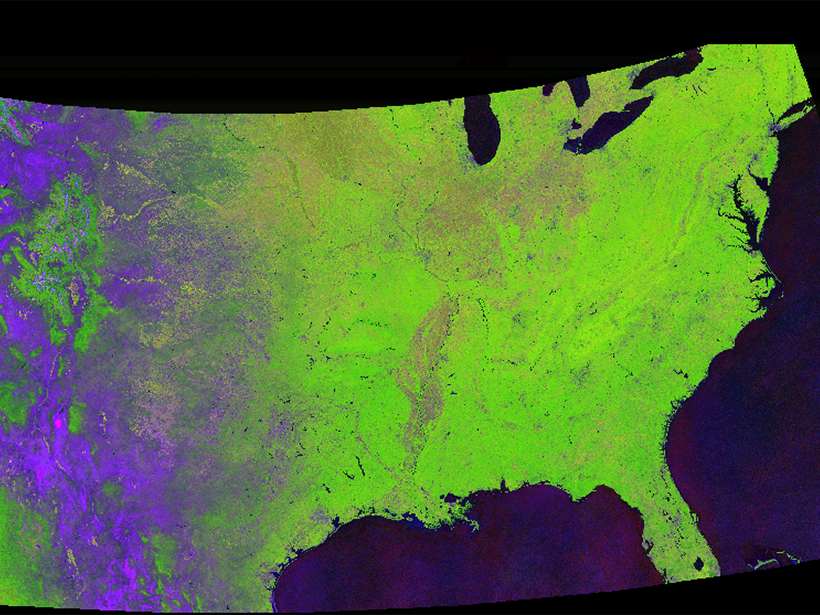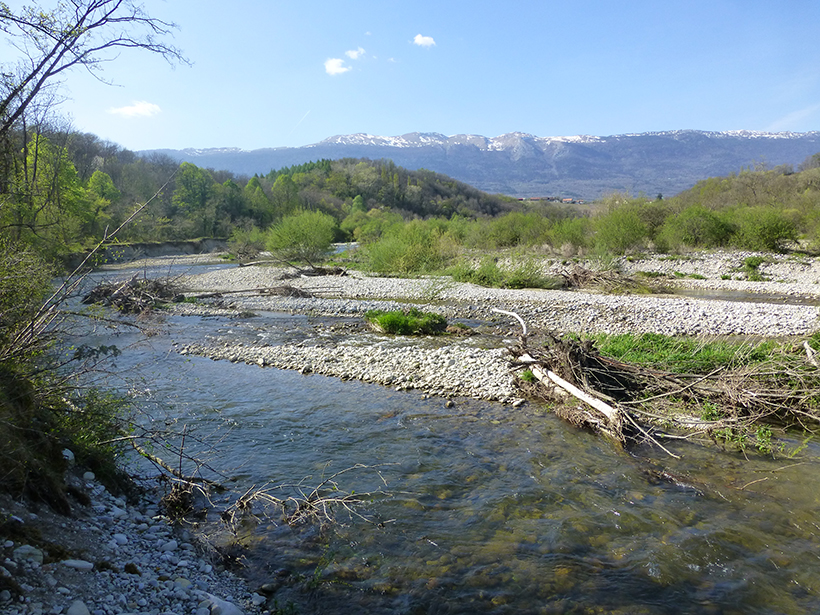Combining vegetation distribution models and sediment transport models offers a better understanding of how dryland environments change in response to different factors.
plants
Tracking Global Change with a Cloud-Based Living Atlas
With their feet in the cloud, Descartes Labs is pushing the limit of how we study the Earth with satellite images.
Groundwater: A Hidden Influence on River Shape
A new study shows how groundwater influences river dynamics and channel pattern.
Air Pollutant Plays Lesser Role in Climate Change Than Expected
Satellite data indicate that pollution control efforts that curbed levels of sulfur dioxide gas did not cause a major decrease in carbon dioxide absorption by plants.
Switching to Drought-Tolerant Plants Could Alter Urban Climates
In Los Angeles, replacing lawns with native plants that need less water could lead to hotter days and cooler nights.
Aquatic Plants May Accelerate Arctic Methane Emissions
About two thirds of the gas produced by a study area near Barrow, Alaska, came from increasingly abundant greenery covering only 5% of the landscape, researchers estimate.
Habitat Fragmentation Prevents Migration During Climate Change
East Coast species will face the most difficulty finding routes to cooler homes as climate change forces migration.
Nitrogen Garners Starring Role in Refined Earth System Model
Scientists create a more realistic representation of plant nitrogen uptake and usage to improve global climate simulations.
Climate Change Freezes Mountain Wildflower Reproduction
New research provides evidence that plants that flower earlier in the year because of climate warming experience more frost damage and have less reproductive success.
How Plant Life Survives on Earth's Driest Inhabited Continent
Australia is a continent of extremes, and researchers find that some ecosystems are better equipped than others to deal with the country's characteristic extreme climatic variation.










